As designers move from makers to thinkers, and from thinkers to enablers, we find ourselves stepping into different roles. As Manzini writes in Design when everyone designs (MIT press, 2015), the role of the designer widens and now also encompasses “giving rise to new conversations, feeding conversations with new ideas, support with facilitation tools, show results or even create the conditions for new conversations to sprout up in new contexts.”
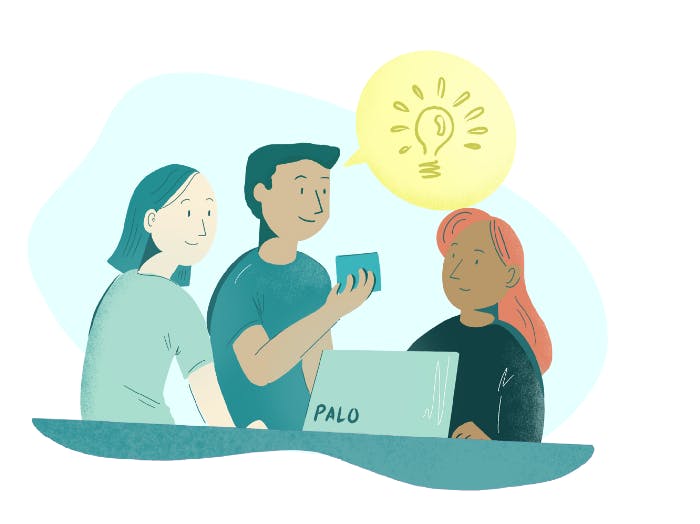
One of these key roles is that of the facilitator. As facilitators, we enable the right conversations to happen. We help create the space for new ideas to flourish and allow teams to make more powerful, meaningful decisions about the products we create. Facilitation is also one of the most in-demand skills out there now.
As a lead interaction designer with over eight years designing and facilitating countless workshops for large corporations, startups, and innovation programs across industries in Europe and now SEA, a game changer I have picked up and adopted into my practice stems from an unexpected field: mindfulness.
Set the intention
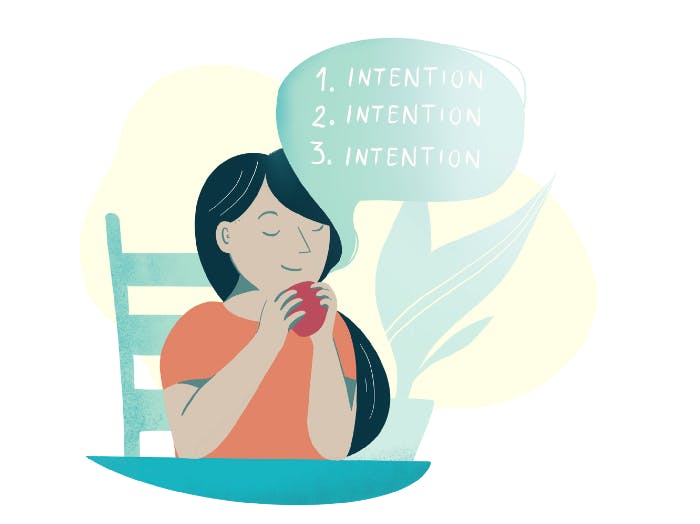
Treat starting a project like the start of a new day.
Intention setting is a practice from mindfulness. It is all about connecting with your here and now, and consciously making time to reflect and make sure you are focusing on the right things.
For your daily life, there are a lot of ways to get started. It can be anything from keeping a journal where you jot down your intention for the day every morning to celebrating the tiny moments when you are aware of being intentional. It’s a technique that I have been practicing for years and something that I try to bring into my craft. So what does that mean for design workshops?
Planning the party
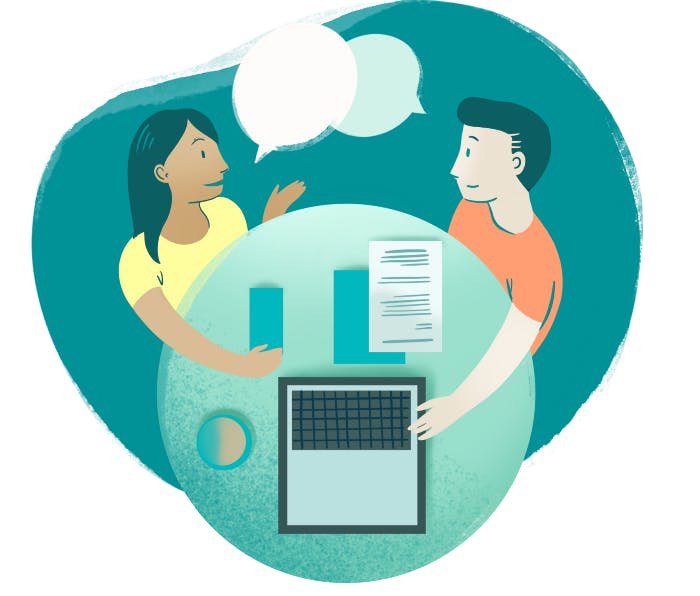
Set some time to clearly articulate the goals of your workshop.
As designers, we all too often receive a brief and want to immediately tackle it. It’s exciting! However, the next time you receive a workshop request, consciously set some time (away from all distractions) to think about what you are trying to achieve. A good question to get you started is “Do we even need a workshop?” A lot of workshops could have been emails or a short 1 on 1 session. Don’t be afraid to question.
I start by using a pen and paper to write (or sketch) down my main goal for the workshop. I then branch out and list secondary objectives. I think about and envision what success will look like when everyone walks out of the workshop. Is it alignment? Is it sparking new ideas?
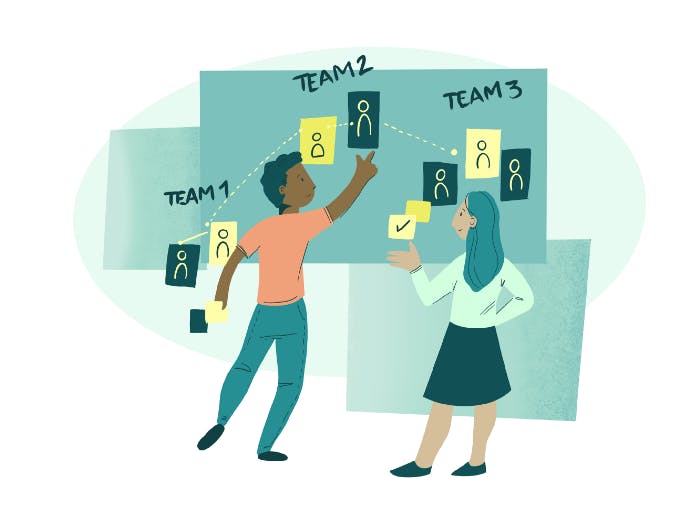
Make it visual, and co-create this step with your clients and teams.
Map out the actors and their interactions
Being intentional also means consciously deciding who the right participants are. I usually try to devote some time to sit down with my client or client team and co-sketch with them a quick stakeholder map before we even send out invites. Do we need visibility from senior management? Do we have enough experts to give the right input?
Once you have a clear idea of who needs to be there, think about their interactions. Take some time to revise your list of attendees before splitting them up into groups. Do we have a balance in terms of seniority levels, gender, and role distribution? Being mindful of this ensures that the workshop is a safe, inclusive space where ideas can flourish.
On the day of the workshop
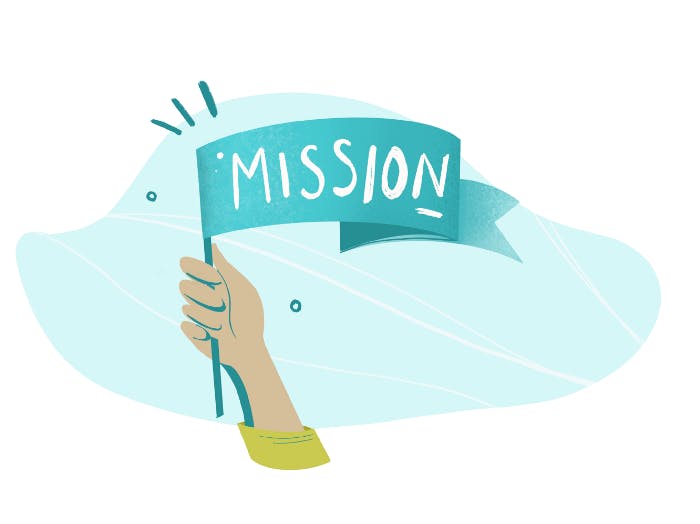
Before you begin the workshop, make sure that you start the session by clearly stating the objective to everyone in the room. I always make sure that there is a one slider or poster (or MIRO board, a PALO IT favorite!) with a big, bold statement. This allows everyone to be aligned.
You can even weave in the intention of the workshop into the icebreaker. A method I love to use is Tweets from the Future, where we ask each team or participant to fast forward and imagine it is one year ahead of today: “Imagine this project was a huge success across your organisation. What will people tweet about this? Why was this a huge success?”
Sharing out the answers gets everyone on the same page and is a great bridge into the actual workshop activities…and now you’re ready to kick off and make awesome things!
Conclusion
Facilitation is an important skill to master for designers and non-designers alike. By practicing mindfulness and fusing intention-setting into my design practice, I have been able to take my workshops from good to awesome. Reach out to me and let’s continue the conversation on how to create products and services that are valuable and meaningful not only for users, but also for the companies and societies they exist in.

